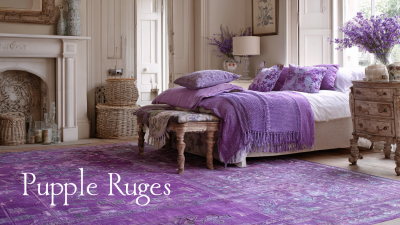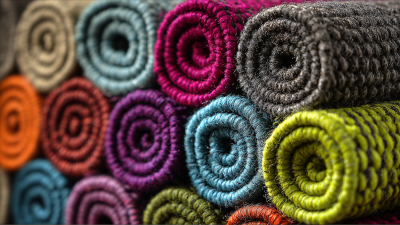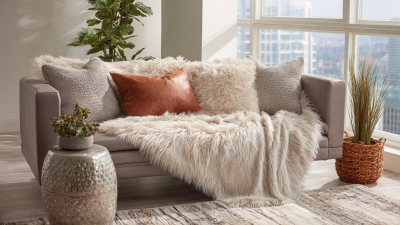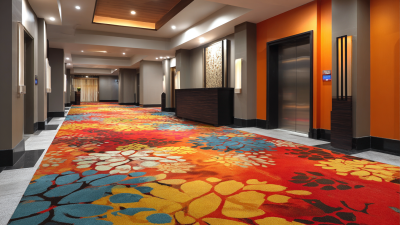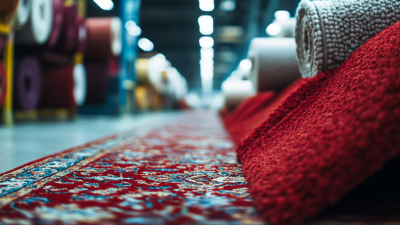
-
Home
-
About Us
-
Products
-
News
-
Blog
-
Contact Us
Leave Your Message

When it comes to home decor, the choice of materials can significantly impact the overall aesthetic and comfort of a space. One essential element that often gets overlooked is the type of rug wool used in area rugs. According to a recent industry report by the International Textile Market, demand for quality wool rugs has surged by 25% over the past five years, highlighting a growing consumer preference for natural fibers over synthetic alternatives. Wool not only offers durability and resilience but also enhances insulation and acoustics in the home, making it a savvy choice for homeowners.
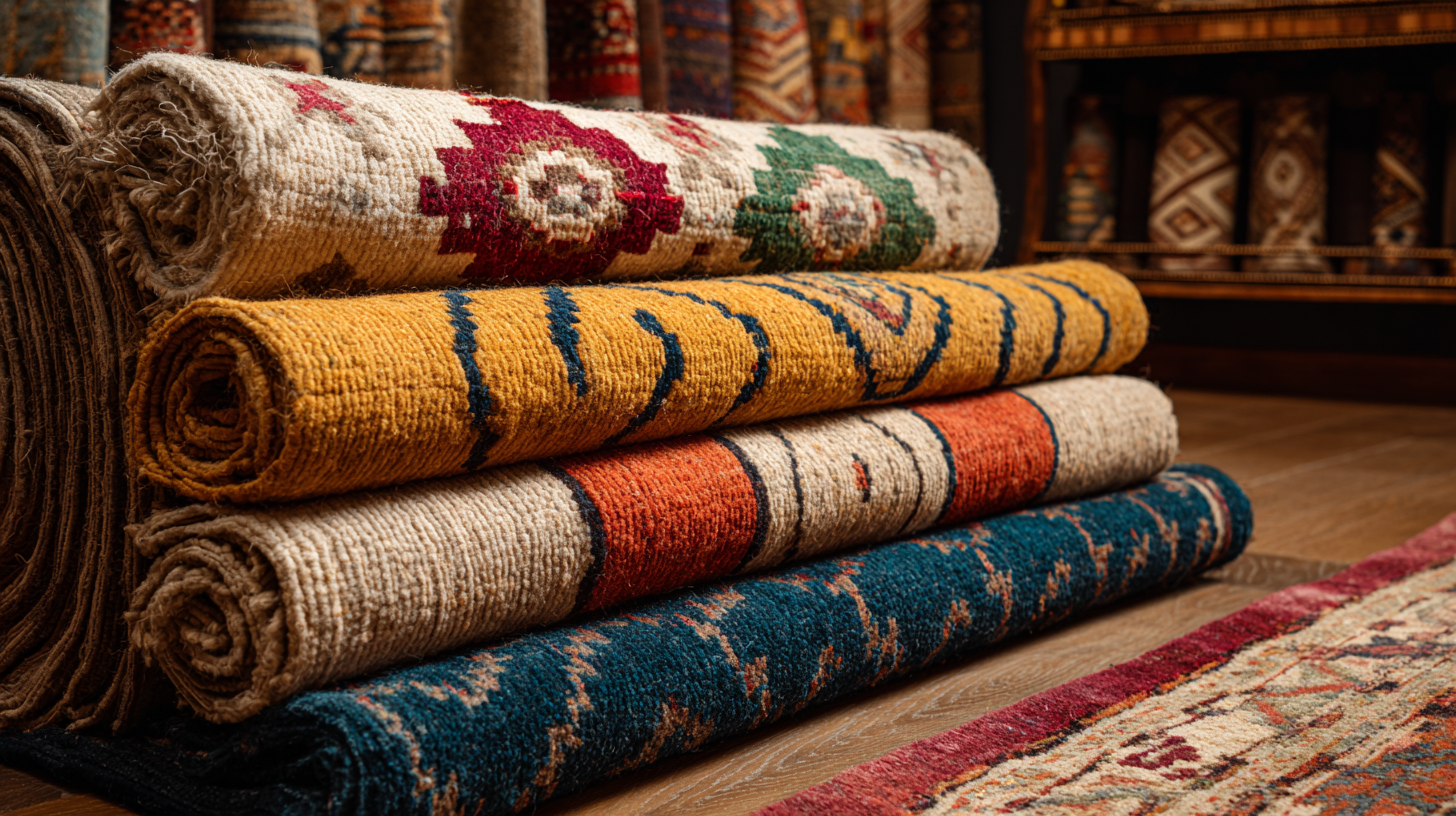
With so many options available, understanding how to choose the perfect rug wool that complements your unique style while meeting functional needs is crucial. This guide aims to equip you with valuable insights to navigate the diverse landscape of rug wool, ensuring your selection contributes positively to your home decor.
When selecting a wool rug for your home decor, it’s crucial to understand the different types of wool available, as each type brings unique benefits. Sheeps wool, for instance, is a popular choice due to its durability and softness. It has excellent insulating properties, making it an ideal option for colder climates. Additionally, sheeps wool is naturally stain-resistant and easy to clean, ensuring that your rug maintains its beauty over time.
Another type to consider is New Zealand wool, known for its exceptional resilience and vibrant color retention. This type of wool is harvested from sheep raised in the pristine environment of New Zealand, which contributes to its high quality. New Zealand wool rugs are not only plush but also less prone to matting and crushing, making them suitable for high-traffic areas. Lastly, Tibetan wool, sourced from the Himalayas, offers a luxurious feel while being lighter and more breathable. Its unique texture adds an element of sophistication, perfect for both contemporary and traditional spaces. By understanding these different types of wool, you can select a rug that not only complements your decor but also meets your practical needs.
When selecting a wool rug for your home, pile height is a crucial factor to consider, as it dramatically influences both comfort and aesthetics. Rugs with a higher pile create a plush, luxurious feel underfoot, making them ideal for cozy spaces such as living rooms or bedrooms. However, they may be more challenging to clean and maintain, especially in high-traffic areas. On the other hand, low-pile rugs tend to be more practical and easier to clean, making them suitable for dining rooms or hallways while still offering a sleek and refined appearance.
Tips: When choosing pile height, think about the daily activities in the space. If you have young children or pets, a low-pile rug may provide the durability and ease of care you need. Conversely, if comfort is a priority and the rug will see less heavy use, a higher pile could bring warmth and luxury to your decor.
Another consideration is the overall aesthetic of your room. Pairing a high-pile rug with plush furnishings can create a cozy atmosphere, while a low-pile rug can enhance a modern, minimalist design. Always remember to balance the rug's texture with other elements in the room for a cohesive look.
When selecting the perfect rug wool for your home decor, the color and pattern are critical elements that can harmonize or clash with your existing style. Begin by assessing the overall color palette of your space. If your décor features neutral tones, a vibrant rug can serve as a focal point, adding energy and warmth. On the other hand, if your home is already bold and colorful, opt for a more subdued rug that can ground the room without overwhelming it.
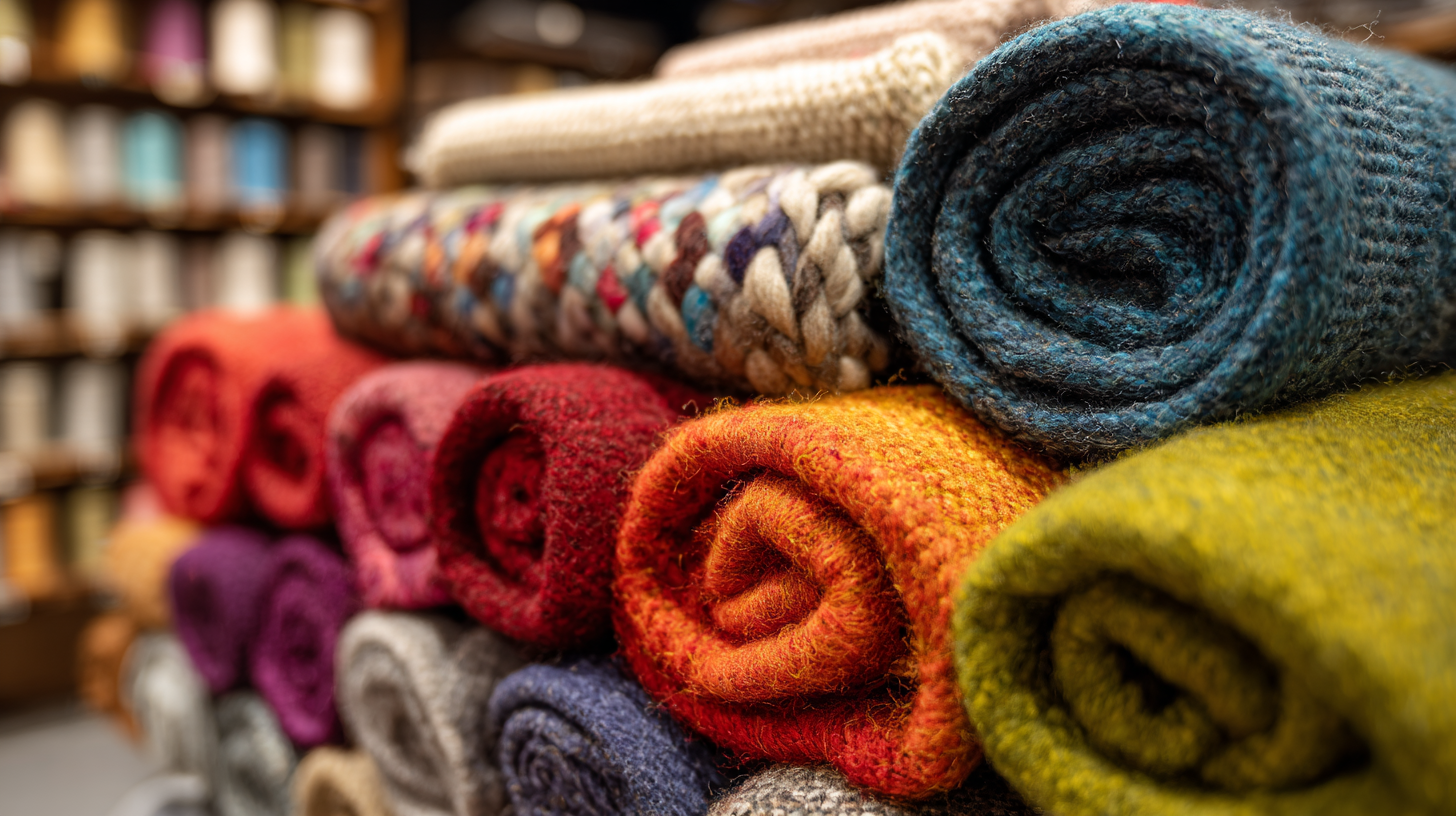
Patterns also play a crucial role in defining the character of your space. Geometric designs can introduce a modern touch, while floral or abstract patterns may evoke a more traditional or eclectic feel. Consider the scale of the pattern in relation to your room size; larger patterns can create an intimate atmosphere in small spaces, while more intricate designs can add depth and interest to larger areas. Ultimately, the right combination of color and pattern will enhance your home’s aesthetic, creating a cohesive and inviting environment.
When selecting a rug, sustainability should be a top priority, especially when it comes to wool options. Wool is a natural, renewable resource that can be produced with minimal environmental impact. However, not all wool rugs are created equal. Look for certifications such as Global Organic Textile Standard (GOTS) or OEKO-TEX, which ensure that the wool is sourced and manufactured under eco-friendly conditions.
**Tips:** Choose rugs from brands that prioritize sustainable practices, such as using ethically sourced wool and environmentally friendly dyes. Additionally, consider the lifecycle of the rug; rugs that are biodegradable at the end of their life contribute to a more sustainable environment.
Moreover, consider the origins of the wool. Local sourcing reduces the carbon footprint associated with transportation. Investigate transparency in the supply chain; companies that openly share information about their sourcing practices often demonstrate a stronger commitment to sustainability. By making informed choices, you can enjoy the beauty of wool rugs while supporting eco-friendly practices.
**Tips:** Engage with brands that promote reusability or recycling programs. Some companies offer take-back schemes for old rugs, ensuring that they are disposed of responsibly.
| Rug Material | Sustainability Rating | Durability | Maintenance Level | Price Range |
|---|---|---|---|---|
| Natural Wool | High | Excellent | Moderate | $100 - $500 |
| Recycled Wool | Very High | Good | Low | $80 - $400 |
| Organic Cotton | High | Fair | Moderate | $70 - $350 |
| Synthetic Blends | Low | Fair | High | $50 - $200 |
| Bamboo | Medium | Good | Moderate | $60 - $300 |
Maintaining the beauty of wool rugs over time requires a combination of regular care and understanding of their unique properties. According to the Wool Industry Research Association, wool rugs can last up to 50 years with proper maintenance, highlighting the importance of preventative care. Regular vacuuming is crucial; it is recommended to vacuum wool rugs at least once a week to remove dirt and dust that can settle into the fibers and cause abrasion. Additionally, rotating the rug every six months can help prevent uneven wear and fading caused by sunlight exposure.
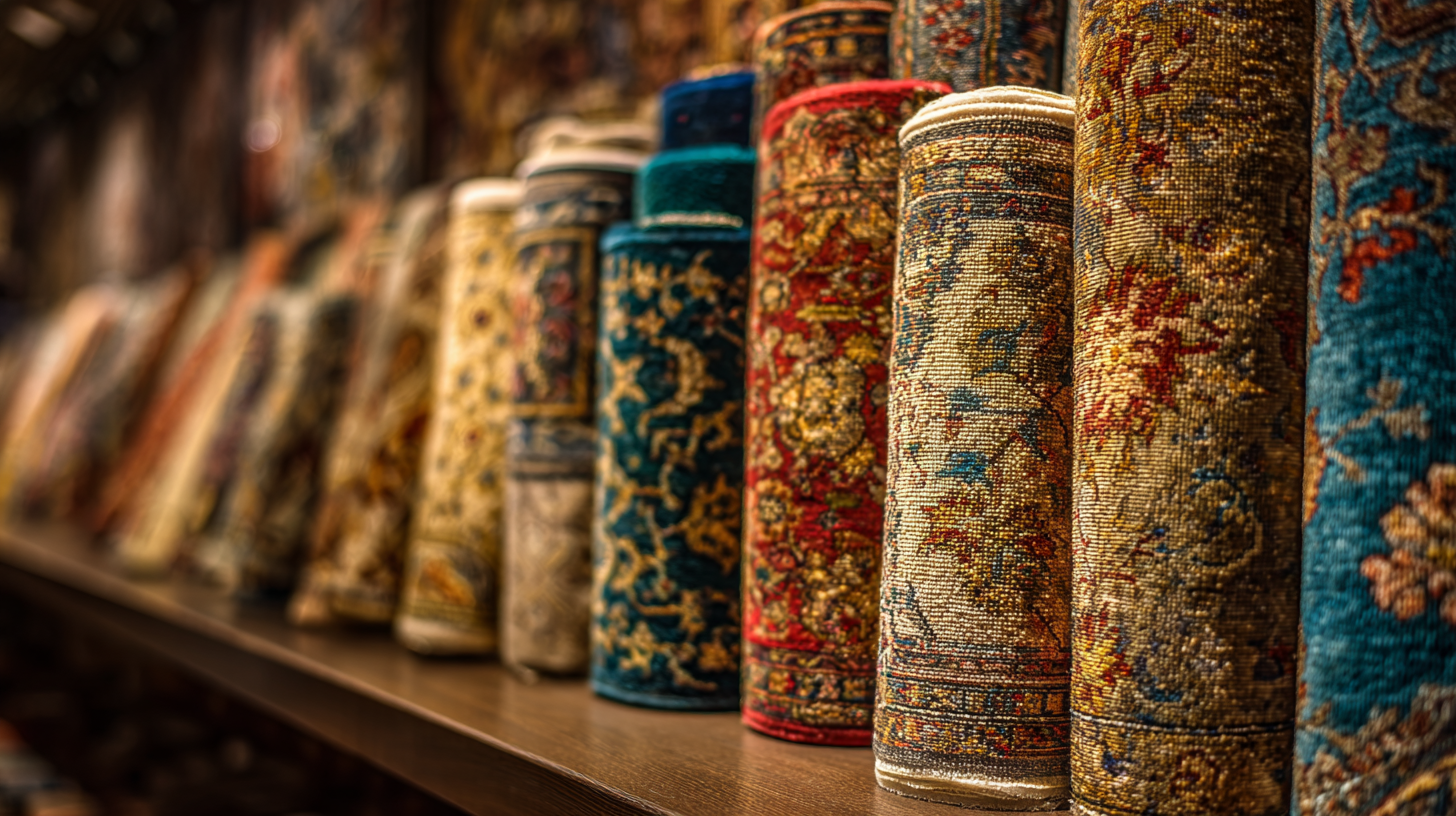
Stains are inevitable, but quick action can save your rug. The Carpet and Rug Institute suggests using a solution of mild detergent and water to gently blot stains, avoiding harsh chemicals that can strip the natural oils from the wool, leading to deterioration. In terms of deeper cleaning, professional cleaning every 1-3 years not only extends the life of the rug but also restores its luster. By investing time into the maintenance of wool rugs, homeowners can ensure these beautiful textiles retain their charm and functionality for decades.
